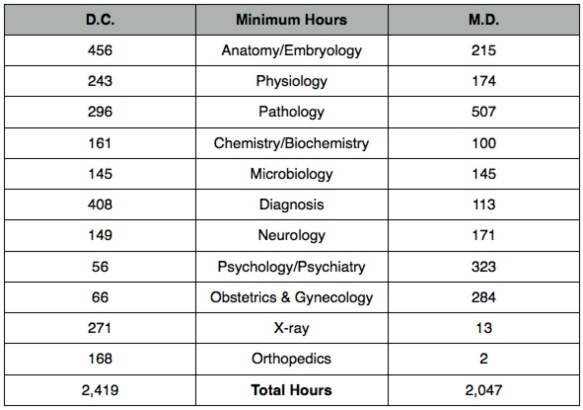The time really is now, but it’s also, for a lot of people, totally overwhelming. My clients often arrive in a state of total disconnect from their mind, body and spirit, especially when it comes to their own physical health. In regards to eating habits, they are either in a state of confusion about what the “correct” way to eat is or they perceive themselves as failing if they have trouble sticking to a diet that was chosen, for example, because it’s on trend.
In order to make the most of the incredible time in which we live, we all need to take a few steps back and reconnect to ourselves.
It doesn’t matter what everyone else is doing; it doesn’t matter how great the latest health trend may be. If it doesn’t align with you, then it’s not for you. So, before you get confused by the holistic banquet, here’s how to reel yourself back in. After all, feeling good is more important than fitting in.
1. Be Positively Selfish
This is a term I use often to teach clients to put their own wellness at the top of their list. When you value your health, everything else can function a lot better underneath that one golden rule. To be selfish about your wellbeing means to remember that your experience is unique. Yes, our body systems are alike, but it makes no sense to try to copy and paste someone else’s individual body code onto your different make-up. For instance, I look after myself with my autoimmune condition in mind. That’s of course going to be different for someone who has a different set of symptoms.
Step into your own personal power and choose to conduct your life with one goal: that you feel good. With this in mind, you can start to work with your body.
2. Tune into your body
A great first step is to acknowledge all your physical, mental and emotional conditions and symptoms, both longterm and those that are new. When you choose to tune into your physical body, it’s amazing how powerfully it speaks to you. You can ask yourself all sorts of questions, such as:
1. How do I feel right now?
2. What aches and pains have become regular to me?
3. How do I sleep and how do I feel when I wake up?
4. How do my energy levels and mood change throughout the day?
5. Am I aware of my own stress levels?
6. How often do I pretend to be fine?
You can also practice a moving meditation with eating. When you have breakfast, sit without electrics or distractions and only the meal in front of you. As you take each mouthful, feel the food, its temperature, its texture and how it feels going into your body. This connects you not only to your body, but also to the present moment.
3. Listen to your body
You may now be more present and aware of the ways in which you feel off-balance. To combine these steps together, start a wellness diary for a few weeks. Write down everything you eat, the exercise you do and a brief description of your day. Alongside, note down your stressors and your physical, mental and emotional symptoms, including hormonal cycles.
4. Take Action and Nurture Your Journey
Now you can make the most of this bright time we are in! Armed with the knowledge of what it feels like to be you, it’s much easier to see which books, therapists and blogs you relate to and also to know whether they work for you or not. You also have a diary that you can take to a doctor or nutritionist. Instead of just feeling “unwell” or “tired,” you might be able to pinpoint what lead to that specific feeling.
Finally, be compassionate to yourself and your journey. A common block I see is when we devalue what we are feeling or experiencing. It’s so easy to say that we are “fine” or tell ourselves that we are probably just being silly. If you are having a feeling in your mind, body or spirit, then it is valid and it is yours to nurture.
Learn about your own body, then embrace the empowerment that comes from utilizing the wealth of tools and information that surrounds you.















![[image]](http://si.wsj.net/public/resources/images/PJ-BL973_SP_STR_G_20130115180442.jpg) Getty Images
Getty Images